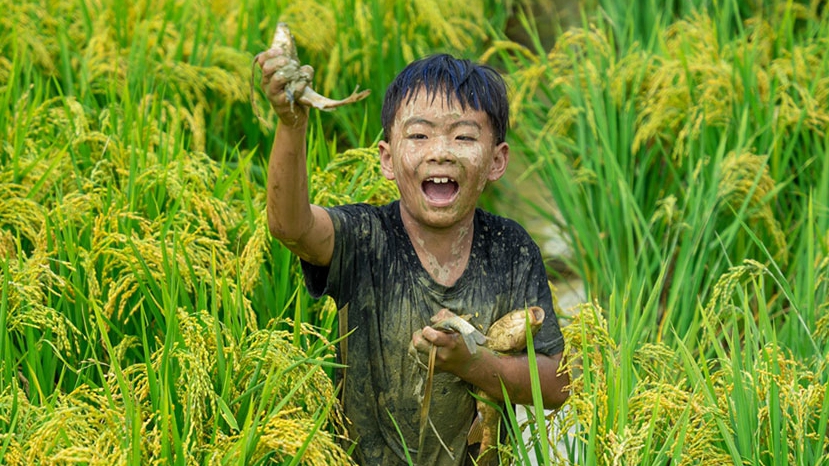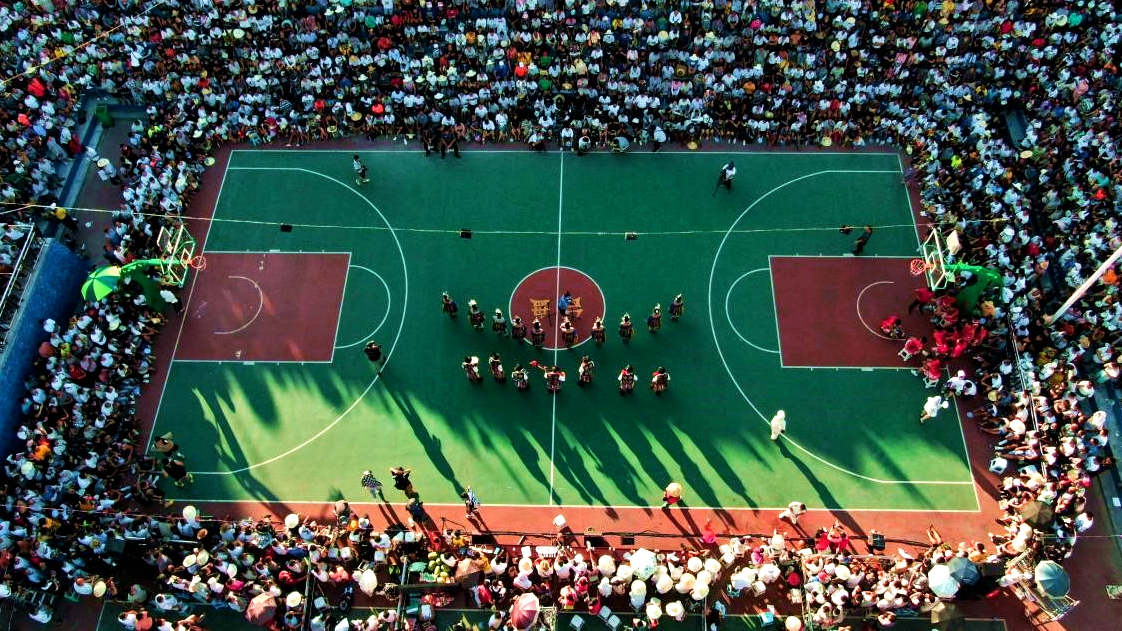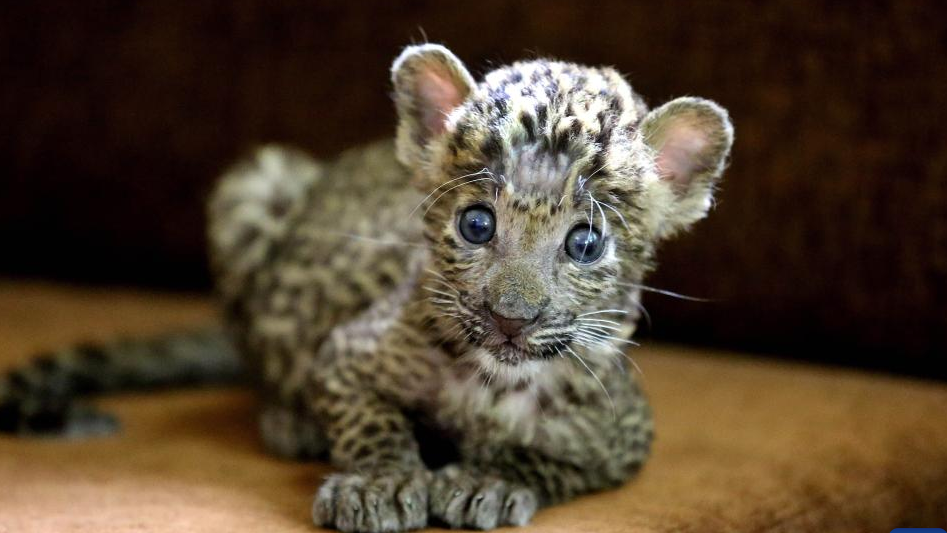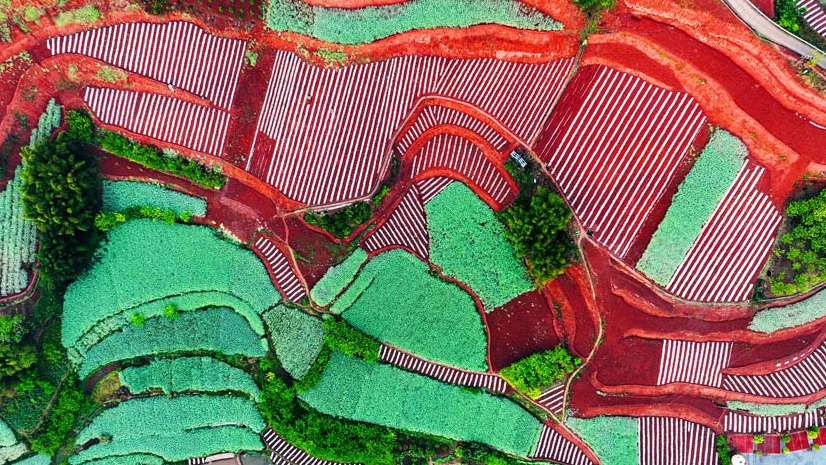Feature: In Australia's gold-boom city sits heritage of Chinese community
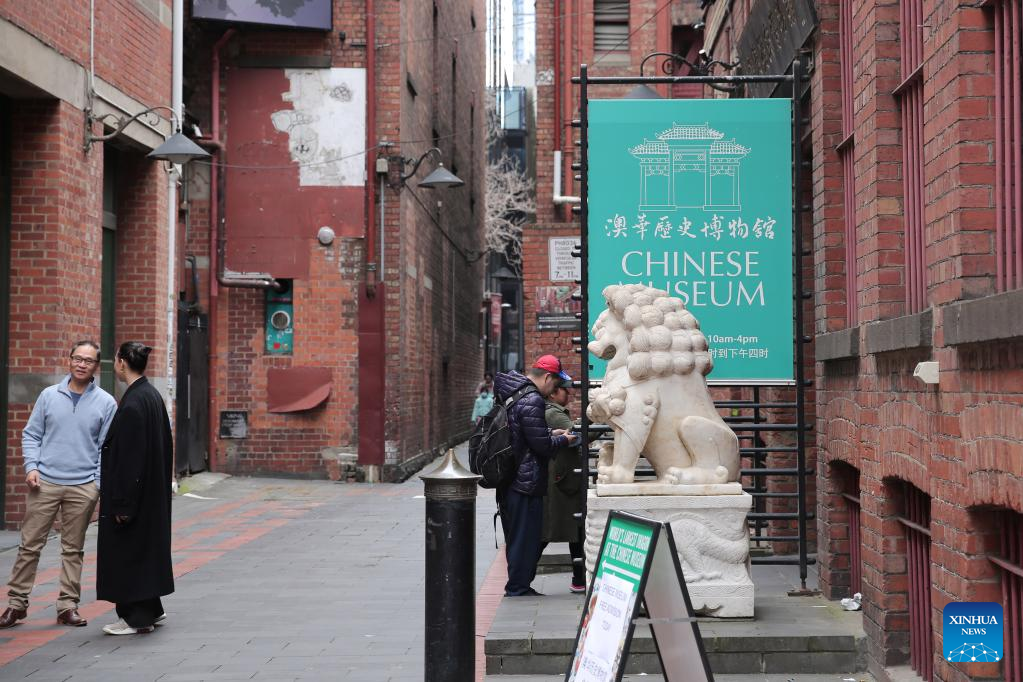
Visitors are seen at the entrance of the Museum of Chinese Australian History in Melbourne, Australia, Sept. 11, 2022.
Located in the heart of Melbourne's Chinatown, the Museum of Chinese Australian History is not only an epitome of history, but also a heritage for all Chinese community to understand their lineage.(Xinhua/Wang Qi)
MELBOURNE, Australia, Sept. 12 (Xinhua) -- Located in the heart of Melbourne's Chinatown, the Museum of Chinese Australian History is not only an epitome of history, but also a heritage for all Chinese community to understand their lineage.
Established in 1985, the museum has a collection of over 8,000 items of the Chinese Australian heritage, including an English phrasebook which can date back to 1857.
The phrasebook, translated into Mandarin and Cantonese, shows how to communicate in a range of situations across the language divide, helping immigrants find their way in Australia, said Mark Wang, chief executive officer of the museum.
As one of the few who inaugurated the museum, Wang is also a descendant of the Chinese gold rush prospectors who came to Australia seeking their fortune between 1851 and the late 1860s.
"The core value of the museum is to build a harmonious society for all the people who have Chinese ancestry in their lineage or anyone hoping to be a part of the society," Wang said.
He said that many of those visitors would join regular conferences or workshops, trying to find out their ancestors' stories and their own places in the society.
"It's social. It's linking all of the pieces of the jigsaw, about how they (ancestors) lived, how they connected and where they lived."
Growing up with stories of his great-great-grandfather, Wang said back to the 19th century, the Chinese people came to Australia for many reasons, some were asked to grow vegetables due to the labor shortage, while some came during the gold rush.
"That's why we stored stories. The Chinese Australians now want to know."
Despite the buzz of fusing modern entertainments with traditions, Wang insisted on keeping a more serious side, saying that cultural innovation is not just about coupling with things, but presenting the Chinese spirit in a contemporary way.
The Arts Collective, launched by the museum in March, involves a group of artists and young people who wish to demonstrate the Chinese Australian experience through contemporary art.
"There's history in the heritage, however, the heritage is what is within you," said Wang. "We told those artists that they are actually painting and expressing the heritage within themselves."
To celebrate the just-ended Mid-Autumn Festival over the weekend, the museum arranged a series of traditional activities, such as mooncake making and riddle guessing.
"I'm Vietnamese Australian but have a Chinese lineage from my grandfather's side," Huynh, a visitor, told Xinhua. "I have never been to China, so whenever a traditional festival comes, I would search up the museum website and join those traditional practices. It makes me feel closer to my grandfather."
For Wang, quality is always the key. As long as a visitor goes away with "a sense of progression", the reputation is built, and the Museum of Chinese Australian History is always a place for the Australians of Chinese descent to further explore their identities and heritage, Wang said.
Photos
Related Stories
- New friendship bridge project unveiled to mark ties between Chinese, Australian localities
- 2022 “When Koala Meets Panda” China-Australia Short Video Special Collection kicks off
- Chinese ancient handicraft documentary hits Australian screens
- Australia urged to view China as partner, not rival
- Chinese ambassador: healthy, stable development of China-Australia ties beneficial to two peoples
- Interview: Strong people-to-people ties good for Australia-China relationship: former Australian ambassador
- Hyping PLA’s ‘dangerous intercept,’ who is Australia performing to again?
- Time for Australia to reset relationship with China
- Australian scholars call for improvement of China-Australia relationship
- Australian state looks to strengthening ties with China
Copyright © 2022 People's Daily Online. All Rights Reserved.






